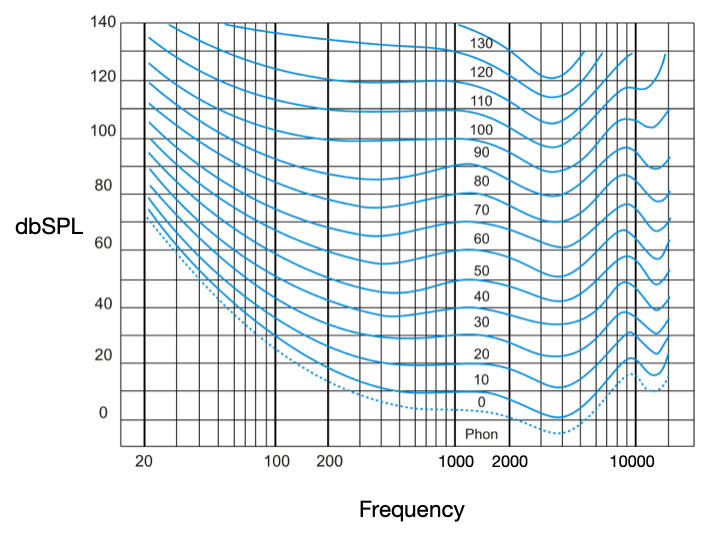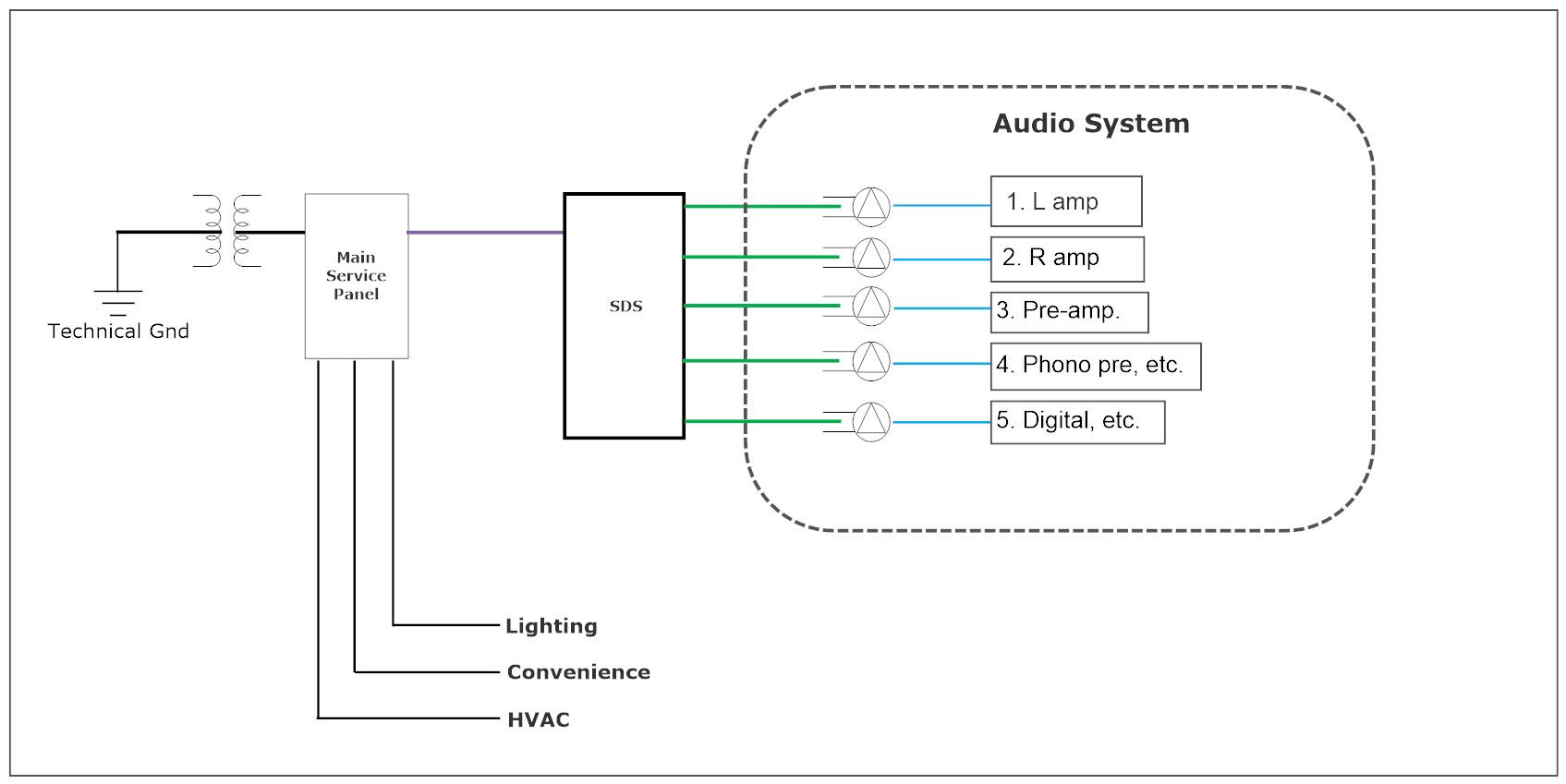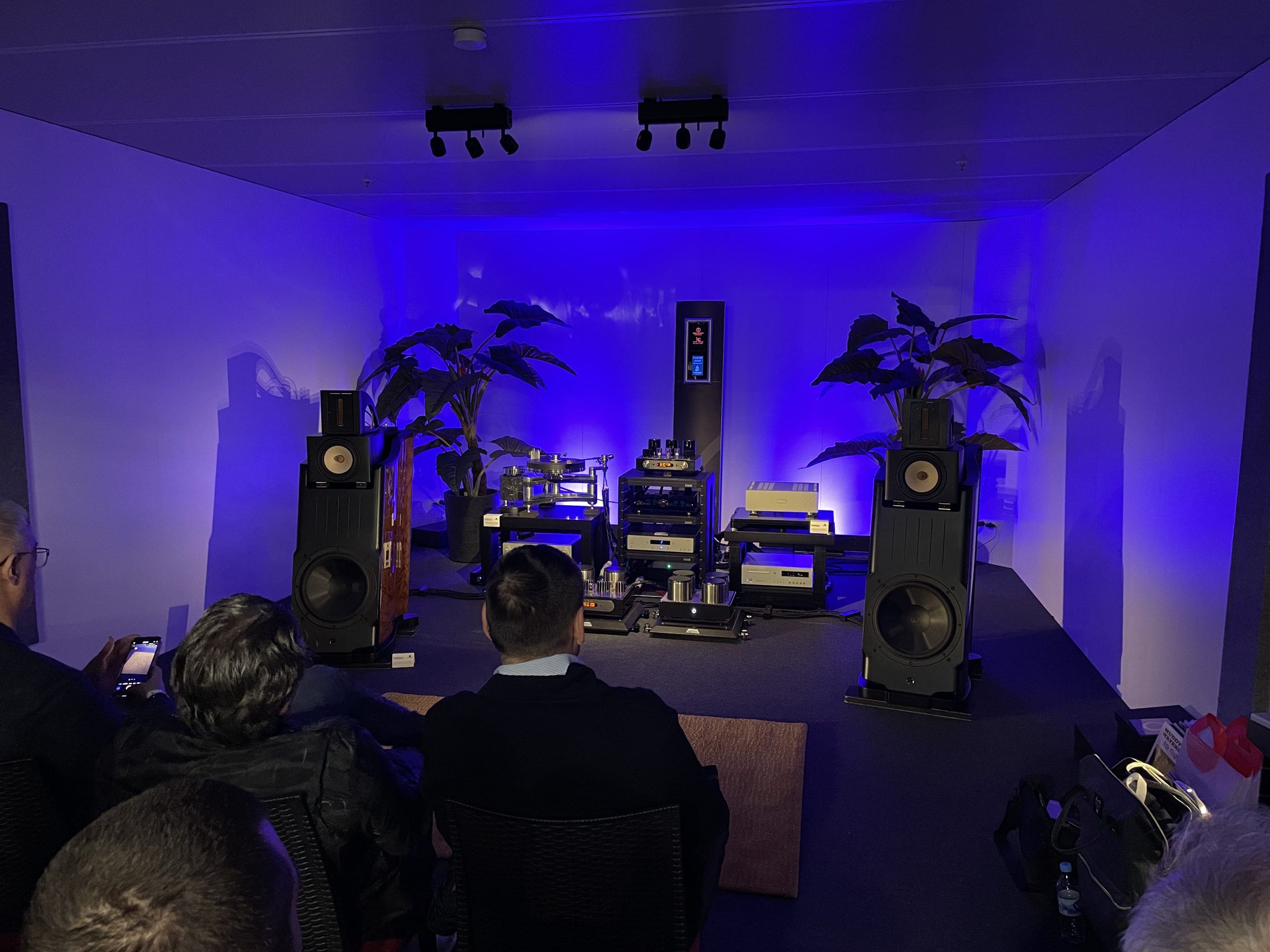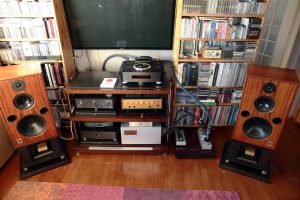Norman Varney of AV RoomService Ltd. has joined Positive Feedback as a Senior Technical Editor as of Issue 113. His expertise in his field of audio acoustics and experience in the field makes him a helpful voice in our creative community for the audio arts. As has been our wont from the beginning of PF, we do welcome contributions from qualified voices in the high-end audio industry, provided that they don't use the opportunity to market their own products/attack competitors and others...which we simply don't allow here.
Low frequencies are problematic and cause frustration for many reasons. They are difficult to hear, difficult to reproduce, and even tougher to mitigate. In this article we will discuss all three problems and offer solutions to them. Accurate and articulate bass response is something we all strive for. It adds to the experience emotionally, viscerally, tonally, and spatially.
Subjectively, good bass response is the first attribute the common listener will judge the overall sound quality of a system with. He or she may not be an experienced listener but is experienced enough to know the difference in sound quality and enjoyment between a system reproducing down to say 40Hz. and one that only plays down to 80Hz. Bass balance is another that is easily recognizable. Many of us can just stick our head in a tradeshow room and know instantly whether the balance is good enough to be of interest or not.
The human need for more output
The ear is designed such that we need more low frequency output because the human ear is less sensitive in that region. See the Fletcher-Munson "equal loudness" curves in Fig. 1.
We are most sensitive to frequencies in the range of a baby's cry (3000 to 4000Hz.). At those mid-range frequencies we may be able to hear sounds around the 0dB sound pressure level (SPL). However, to hear 30Hz., the SPL must be 60dB louder. If it were not the case, we would be constantly distracted and kept awake by all the low frequency sounds that are around us and carry from so far away. In modern day such things as our HVAC, a truck blocks away, or an airplane miles away would drive us crazy. Look at the 60dB curve, where soft music and normal conversation is, and follow it down to 30Hz.—for a subwoofer to produce the same perceived level of output at 30Hz. requires about 100dB. That entails moving a lot of air to pressurize a room. Notice also that as we crank up the volume, our bass sensitivity begins to smooth out.
The physical need for larger space and size
The lower frequencies are the most difficult to reproduce because of the costs and the space required. The room's longest dimension (typically the diagonal from say the low long-end corner of the room to the opposing high corner) will determine the lowest frequency the room will support. This doesn't mean that lower frequencies cannot be reproduced, just that the room cannot contain the full wavelength without the interference of a boundary, which will block, reflect, and/or absorb the energy. Realize that one cycle for a 100Hz. sound wave is 11.3 feet long, while a 20Hz. wave is 56.5 feet long.
In addition, with a direct-radiating loudspeaker driver, when the frequency is halved, the diaphragm must vibrate back and forth twice the distance to produce the same acoustic output. This means that the woofer and cabinet size must increase in order to comply with the request. A woofer's efficiency is proportional to the volume of its cabinet and the cube of its cutoff frequency. Suppose you have a woofer with a flat frequency response down to 40Hz. in a 2.0 cubic-foot box. In order to make it flat down to 20Hz., the volume must be multiplied by eight (16 cf.), or you'll need eight times as much amplifier power to achieve the same acoustic output.
The need for control of the noise
There are two areas of control for bass response; one is for noise control, and the other is for sound quality. As previously mentioned, low frequencies are long in wavelength, but additionally they are carriers of large amounts of sound energy within their vibrations. As a speaker moves, so does the speaker cabinet. Some cabinets move more than others, but they all move, and transmit their vibrations to whatever they are resting on. Once these mechanical vibrations get into the building structure, which is typically hard-fastened together, the vibrations travel to every end of the structure. The denser the medium, the further and faster sound travels. This is the primary reason it is so easy to hear a subwoofer at the other end of the house.
Proper physical isolation of the vibration source (loudspeaker) from the structure is the best means of controlling structureborne vibrations. My company offers our own-designed isolation feet for this purpose. Once vibrations get into the structure, it is essentially impossible to stop. Those vibrations cause structural cavity and plate resonances, buzzes and rattles, in areas other than just the listening space.
The need for control of the quality
From a sound quality point of view, the bass energy inside the listening space needs a lot of help. Regardless of how quality the equipment is, the room is going to change it in a bad way.
- The walls, floor and ceiling are going to vibrate like large speaker diaphragms. Both cavity and plate resonances can re-radiate the impinging sound energy back into the listening space across the entire audible frequency spectrum at very audible levels. Just think of how easy it is to hear a T.V. from a blocked-off adjacent hotel room.
The primary solution to control the room's shell from being excited and playing back into the room is mechanical isolation. Again, starting at the source of vibration (loudspeakers), isolation will mitigate most of the structureborne vibrations, but not the airborne soundwaves that impinge upon the shell surfaces. Depending on the job, we physically isolate the floor, walls, and ceiling from one another, and/or use our own constrained-layer damping compound between layers of sheathing to break, block, and absorb sound energy.
- The dimensions of the room will cause modes (high and low pressures) as the waves reflect back into each other, creating huge swings in SPL. Based on the frequency and location, it is typical that room modes cause >25dB SPL differences in the frequency response up to about 300Hz. Non-linear bass response is very annoying.
In addition to the above; vibration isolation, break, damping, blocking, and absorbing construction methods, the room's dimensions play a critical role in determining how well the room modes are distributed. When room modes are near each other in frequency, they exasperate the mode. Careful design of the room's dimensions from a room mode distribution POV makes a big difference in the end-goal for linear bass response.
- Rooms are containers of sound energy, non are perfect, and all require compromises, especially when it comes to bass response. Even when incorporating the above in new construction or remodel, you will likely need to somehow introduce more bass control. We have discussed effective means through construction, but we can also introduce absorbers on the interior surface of the room. There are many types of passive products that may be appropriate, but remember, bass sound waves are long and energetic and take up a lot of real estate.
Besides resistive absorbers, we offer diaphragmatic panel absorbers, which are able to extend lower in effective frequency absorption and are only 2.5" deep.
There are still more ways to control the bass response in the room:
- Listening location. This is the first thing I determine when "voicing" a room.
- Low frequency speaker location. This is the second thing I determine when voicing.
- Calibration of subwoofer(s). Cross-over point, level, and phase.
The above three means of getting the bass response under control are free, critical to the end result, and applicable to everyone's system. Another means to control bass response is incorporating an electronic equalizer. This is normally the last means I use, but can be effective. Primarily when using an equalizer, you are only cutting frequencies, and not boosting them.
Lastly, incorporating multiple subwoofers (bass arrays) are a means of controlling room modes. This is worth a separate article, so look for that in the future.
As you can see, regardless of the cost and quality of your system, the bass is going to have some problems. Controlling both the noise, and the quality of low frequencies are the most difficult acoustical issues to tackle. There are many things you can do to control and correct the bass response. Most of them are expensive and difficult to implement, but then there are some that are free and very effective. Every room is unique and has different constraints. There will be a hierarchy to follow in order to optimize the bass response for your system. An acoustical engineer specializing in small room acoustics can assist in directing you in qualifying, quantifying, and achieving your goals. Good bass response is the primary desire for most critical listeners of music. It offers an emotional satisfaction in realism that no other sound quality attribute can. Nobody has it perfect. The goal and challenge is to get it the best it can be with what you have to work with.








































